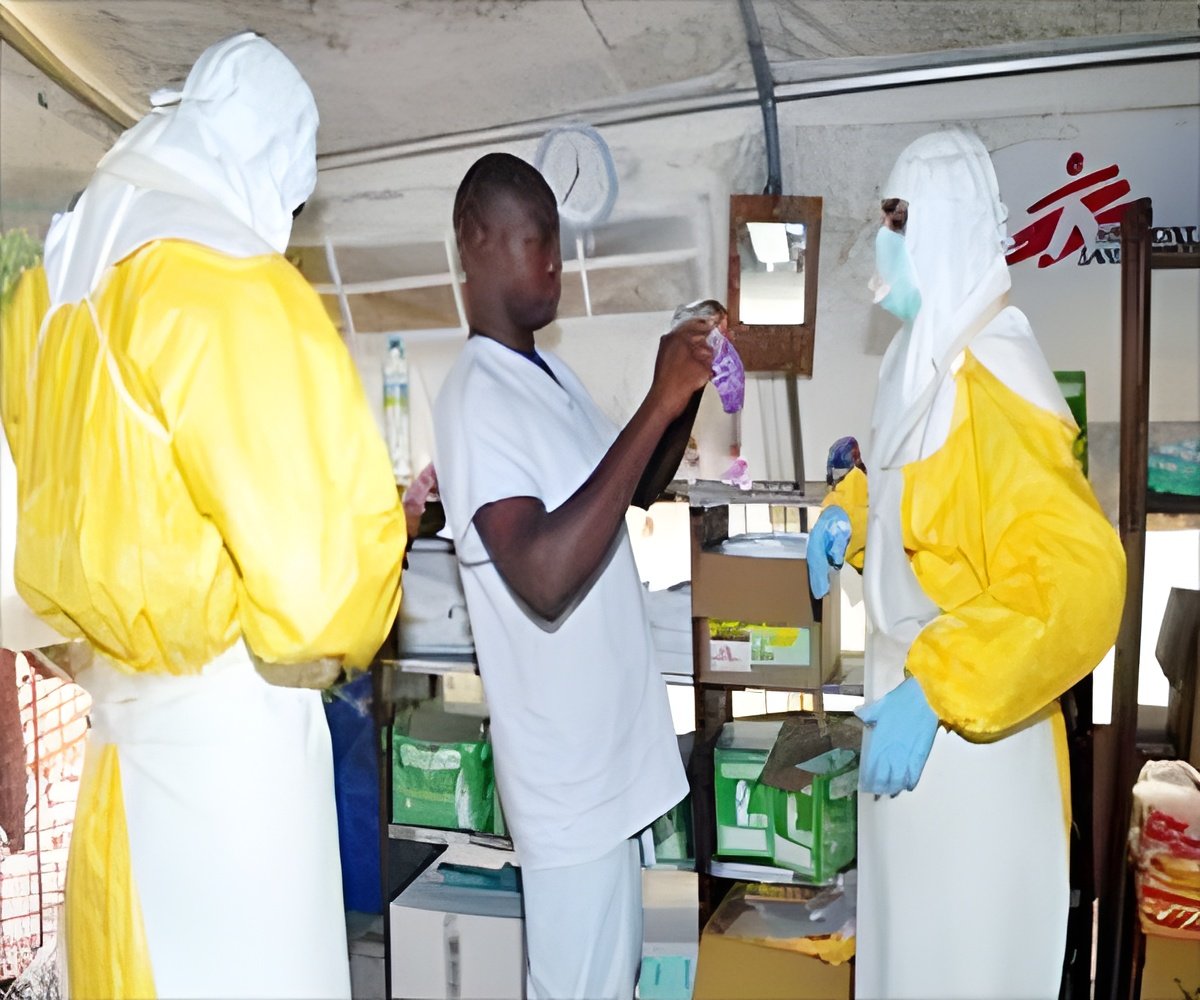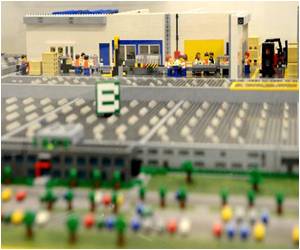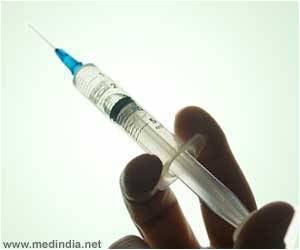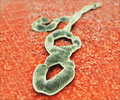A soldier with a bad cough and a fever walked into a Canadian hospital and was swiftly quarantined, while his blood was tested for Ebola at one of the world's few level four labs.

His blood sample was sent from the Belleville, Ontario hospital to the National Microbiology Laboratory in Winnipeg, Manitoba, half a world away from the outbreak in West Africa and one of only 15 laboratories worldwide dealing in deadly pathogens at this level.
The laboratory has been involved in combating Sars, H1N1, West Nile fever and Bovine spongiform encephalopathy, and is now at the forefront of the fight against Ebola, corralling and diagnosing suspect cases in Canada, and sending teams of epidemiologists to West Africa to track infections.
It is also here in the windswept Canadian prairies that a potential vaccine, VSV-EBOV, and an experimental treatment for Ebola, ZMapp, were created.
American doctor Kent Brantly and four others who were treated with ZMapp before supplies ran out lived. Two others died.
Clinical trials of VSV-EBOV are now underway on 20 volunteers at the Walter Reed Army Institute of Research in the United States, following successful tests in primates.
Advertisement
"If the Canadian vaccine is proven to be safe and deemed effective, it will stop this devastating outbreak," said Health Minister Rona Ambrose.
Advertisement
ZMapp is a cocktail of monoclonal antibodies engineered by Canadian government researchers in Winnipeg and their peers at the US Medical Army Medical Research Institute of Infectious Diseases in Frederick, Maryland.
Each team had separately identified Ebola monoclonals that showed promise in animal tests, and to try to optimize the cocktail they tested various combinations.
Two monoclonals from Winnipeg and one from Frederick were eventually chosen to make ZMapp.
At the same time, the Winnipeg team was developing VSV-EBOV.
Ottawa has pledged 800-1,000 doses of the vaccine to the World Health Organization, but they remain in a freezer at the National Microbiology Laboratory as officials hammer out logistics and legal responsibility for emergency use of the experimental drug.
Ebola is transmitted by close contact with the bodily fluids of an infected person. The virus causes fever, vomiting, diarrhea and sometimes fatal bleeding.
Only a handful of the 500 scientists at the National Microbiology Laboratory are trained to work in its level four lab, with Ebola and other deadly bugs.
They must train at a nearby mock-up: how to put on airtight hazmat suits, going through a series of chemical showers and other decontamination, before being allowed in the actual lab.
It takes 20 minutes to go through the steps to enter or exit the secure lab.
Pressure falls as they move from one room to another, creating an inward air flow to prevent the escape of pathogens.
Once inside, their only contact with the outside world is through a wireless microphone built into their suits.
Here researchers kill the virus, or make it "inactive," explained Darwyn Kobasa, acting chief of special pathogens.
The inactive sample can then be safely moved to a less secure lab for testing.
"We do a lot of diagnostics," said Kobasa. The lab tests hundreds of samples per year for suspected deadly or unknown pathogens.
Most are from people returning to Canada from a "hot zone," he said.
- Tracking outbreaks -
If a pathogen won't come to Winnipeg (couriers have refused to ship anthrax, for example), the Winnipeg researchers will bring a "mobile lab" to it.
The largest such lab on wheels has travelled to a G20 summit in Toronto and the 2010 Vancouver Winter Olympics.
A smaller sister unit the size of shipping container and carrying level three and four equipment can be deployed and ready for use within three hours, plus travel time.
The pair also form part of the Royal Canadian Mounted Police's bio-terrorism response, testing for anthrax, botulism, plague, Tularemia and other harmful substances.
"Samples can come to us as a powder, or a culture or a liquid. You're only limited by terrorists' imagination," a forensic biologist who asked not to be named told AFP.
Winnipeg teams have also travelled with pop-up labs that fit inside a "hockey bag" to Hong Kong to search for the source of Sars and to Beirut to test for anthrax at an embassy.
Currently, two teams of Winnipeg scientists equipped with pop-up labs are in Sierra Leone tracking the Ebola outbreak, their movements directed from an operations centre at the National Microbiology Laboratory.
Down the hall, meanwhile, tests of the soldier's blood, and 24 other samples, came back negative for Ebola.
Source-AFP











